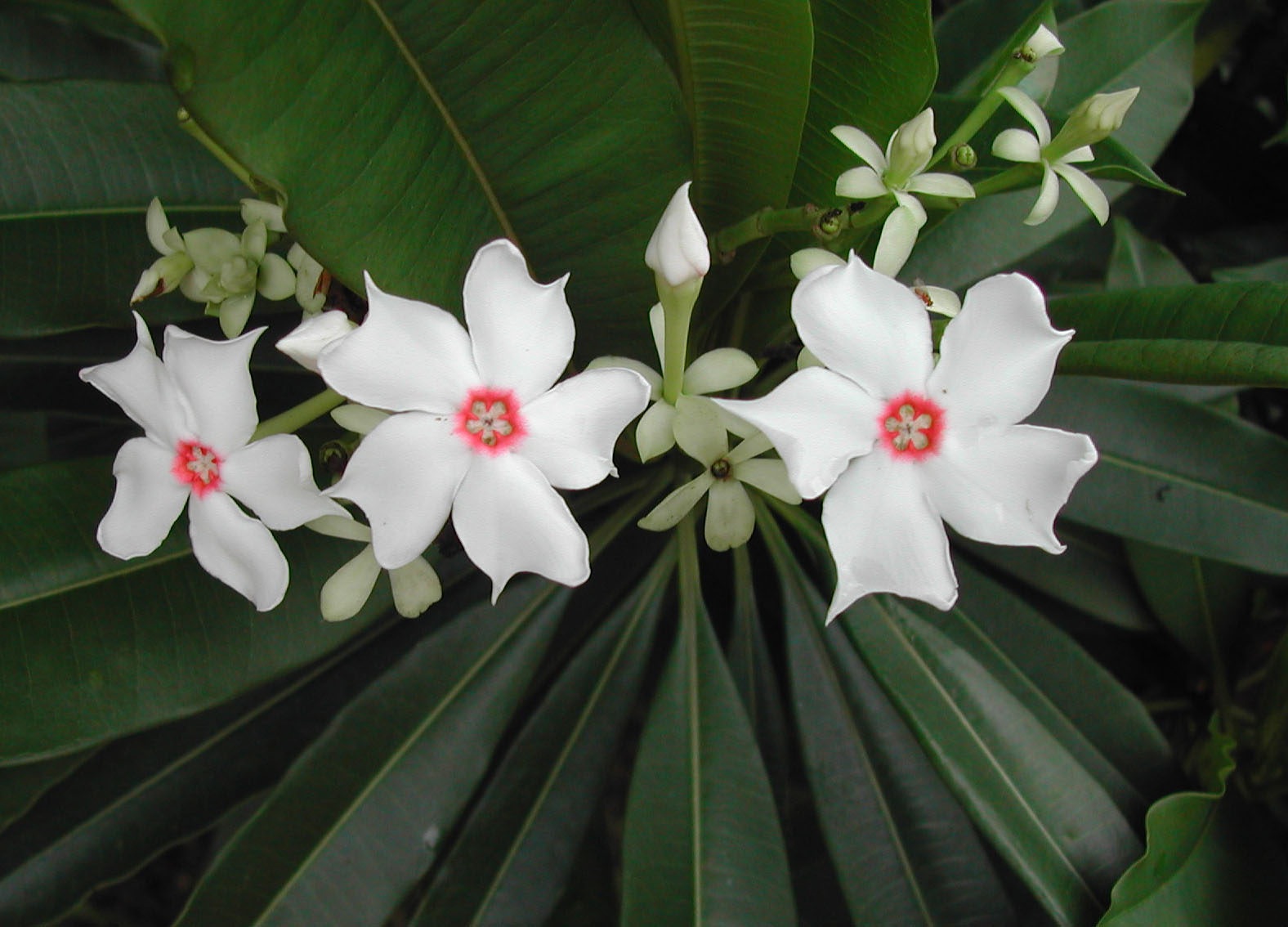Roadside mangoes not edible
Writer: Wang Jingli | Editor: Holly Wang | From: Shenzhen Daily | Updated: 2020-06-09

Cerbera manghas flowers.
Green mangoes growing from trees along the side of the roads across the city are not edible, according to Southern Metropolis Daily.
As the mango season comes in May to July each year, many netizens are curious about whether the mangoes on the roadsides can be eaten.
The mango trees that were planted in the greenbelts in the city serve as part of the city’s landscape. They have a strong ability to withstand wind and their lush leaves provide pedestrians shade from the sun.
The species of these mango trees, however, is drier and has more fiber and a thicker skin, compared to normal mango fruit.
These green mangoes, different to those sold in markets, contain heavy metals and pesticide residues.
Exposure to car exhaust and street pollutants for a long period of time produces heavy metals in green mangoes while the pesticide residues result from pest control.
One of the ways to tell green mangoes from fruit mangoes is to check for small holes on the skin. Green mangoes, grow without plastic bags placed on them to protect the fruit from being eaten by worms, normally have more holes.
It is said that the city’s greenery management department handles green mangoes on a regular basis.
Another green fruit called cerbera manghas, which looks similar to green mango, is poisonous, said the report.
These trees, with white flowers, are grown in Guangdong and Hainan Province and the Guangxi Zhuang Autonomous Region.
Accidental consumption of cerbera manghas might take a person’s life.
A staffer from Shenzhen Bay Park said that they had placed signs at visible places to remind citizens to not eat cerbera manghas fruits.